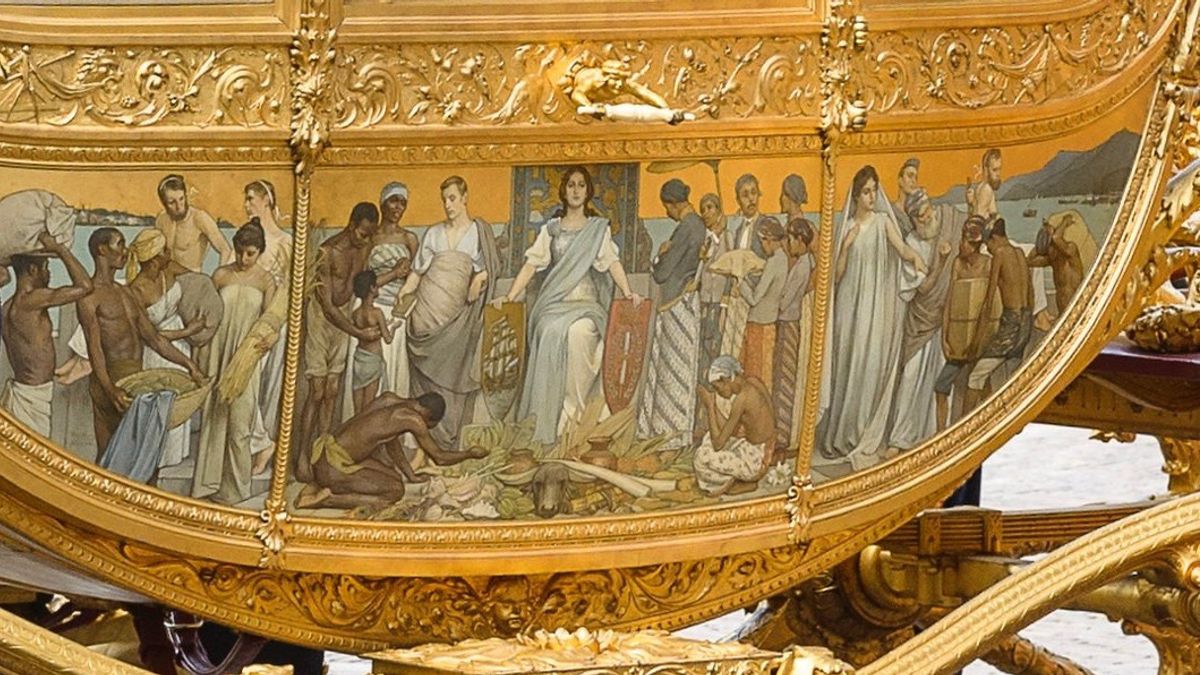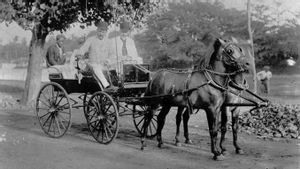JAKARTA - Buying and selling slaves was once considered a profitable business in the archipelago. The involvement of the Dutch Trade Company, the VOC, is behind it. The owner of the power believes that the presence of slaves can bring fresh air to the construction of the colony: Batavia.
A slave who became a rough force, especially. The Company also acts as a great slave trader from within and outside the country. Therefore, Batavia City can be transformed into one of the largest slave markets in Asia, even the world.
The desire of the VOC to build a colony has been unstoppable. The Company wants to immediately expand its spice trade wings. Jayakarta's conquest became a complementary study to build the city of Batavia in 1619. A city built from the rubble of the city he conquered: Jayakarta.
In fact, the development of Batavia did not go smoothly. The population of the Dutch is still too small to build a colony. Moreover, the physical quality of the Dutch is unreliable. They need additional workforce. reliable workforce in all fields, and of course cheap.
The Company was also involved. First, they brought the Chinese to become a resident of Batavia. Second, they brought in slaves from within and outside the country to Batavia. The strategy to bring in slaves was in fact successful.
Hard laborers are diligent and reliable under any circumstances. They can build anything. From government buildings to centers of worship. The rest of the slaves were loaned to European families who were and had started running businesses in plantation areas. The presence of the slaves was so helpful.
Apart from the citizens of Southeast Asia, Europe, and China, there are still other groups of slave bosses, namely the Company (VOC), who are more concerned with the availability of cheap labor. To be honest, without the slaves, the fort and defense camps of the Company will not be built.
Thus it was concluded in 1615 by the ruler (Governor General of the VOC) Gerard Reynst. A slave can complete more work than two Dutch people, because hot air and liquor are circulating too much everywhere, said historian Hendrik E. Niemeijer in the book Batavia: Colonial Society of the XVII Century (2012).
The presence of slaves helped the growth and development of the city of Batavia a lot. Instead of just being used to build a city, slaves can actually become a profitable commodity. Because, they can be employed as anything, depending on the desire of the deceased.
The Company is also good at reading the situation. They actively brought slaves from various ethnic groups to Batavia. Domestically, many slaves were brought from Bali and Celebes (Sulawesi). They brought large numbers of slaves. From hundreds to thousands.
This fact made the slave trade in Batavia grow rapidly. The main marker is the emergence of various slave markets in Batavia. The emergence of the slave market made many Batavian residents change professions to slave traders.
For this reason, the slave business is considered one of the most profitable businesses in Batavia. moreover, slave trade is generally carried out by auction. This way makes slaves the best-selling commodity.
All because of the habit of the rich in Batavia making slaves as a symbol of wealth. They will faithfully wait for the slaves to come and buy them. The younger, the better. The main woman.
The rich Europeans in Batavia the 17th century could have had 100 slaves or more, and the main slave market in the city from the start was a crowded and lively place. These Malay, India, Burma, and Bali workers were trained to fill very small niches in the structure of household workers advertising the need to light lights, horse carriage administrators, submitters, tea makers, bakers, mattress sewers, and the most special, sambal makers.
The female slaves who served my parents were hired as massagers or hair arrangers; the girls were smart at designing hair into a significated form with a code name, which was very popular in salons at that time. Because they are so many and cheap, slaves often don't have much work and just sit around gambling to fill their time, "explained Simon
The English, Chinese, Japanese, Arabic, and French versions are automatically generated by the AI. So there may still be inaccuracies in translating, please always see Indonesian as our main language. (system supported by DigitalSiber.id)









